S3 Finish Cleaner – Shine Control is a product for all types of paints,varnishes – including HS, 2K, nitro, synthetic fibers and plastics, rubber,gelcoat coatings, glass, mirrors, etc.
| Capacity | Code |
|---|---|
| 500 ml | 11869 |
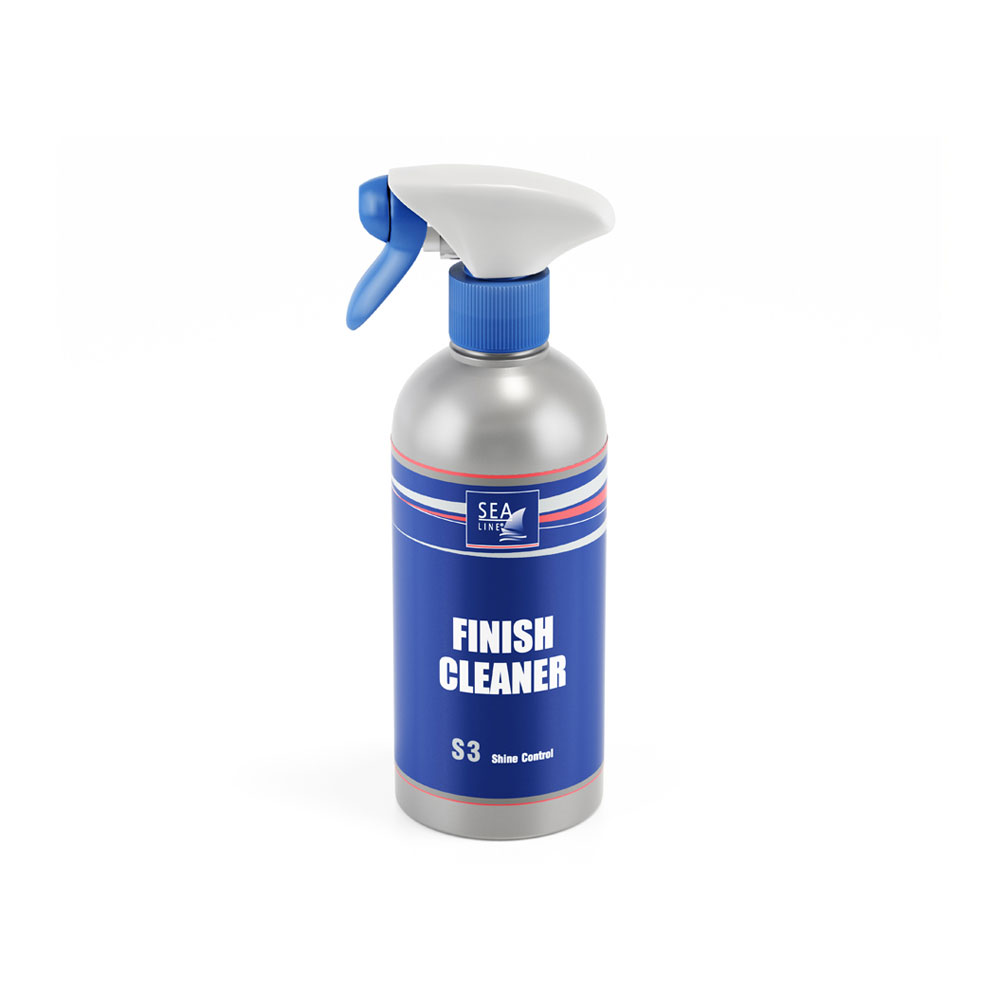
Sea-Line Brayt S3 FINISH CLEANER removes:
Does not leave streaks, does not contain silicone.
| Type | gelcoat, polyurethane paints and varnishes, plexiglass, polycarbonates, porous surfaces, rubber, plastics | ||||
| Function | surface cleaning | ||||
| Texture | Liquid | ||||

Spray the preparation in a small amount on the surface.

Using a microfiber cloth, clean the element from dirt. Use a dry microfiber cloth to remove any remaining preparation residue from the surface.
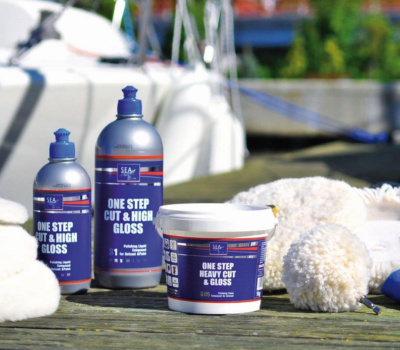
Polishing systems meet all stages of production, as well as during repair work, renovations or
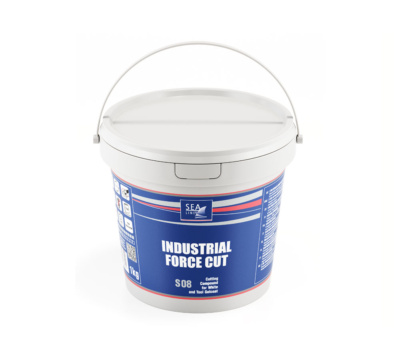
Primarily designed for the companies which produce goods or forms made of gelcoat or an
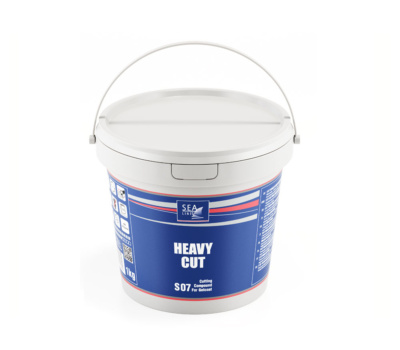
S07 Heavy Cut Sea-Line is specialistic polishing paste with a very high cutting force which
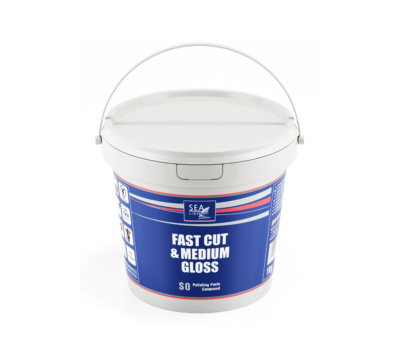
S0 polishing compound Sea-Line is a polishing paste is designed for professionals – manufacturers, shipyards
We do not recommend using universal thinners. The use of a thinner with an unknown composition may result in loss of adhesion, lack of proper flow of paint and varnish defects.
Sea-Line HARD and Sea-Line self-polishing antifouling are not intended for aluminum surfaces. They include copper oxide, which in contact with aluminum causes galvanic corrosion. Especially on aluminum, we offer ALU-PLUS self-polishing anti-fouling paint, which, in addition to excellent adhesion to aluminum, is also 30% more effective than traditional anti-fouling paints.